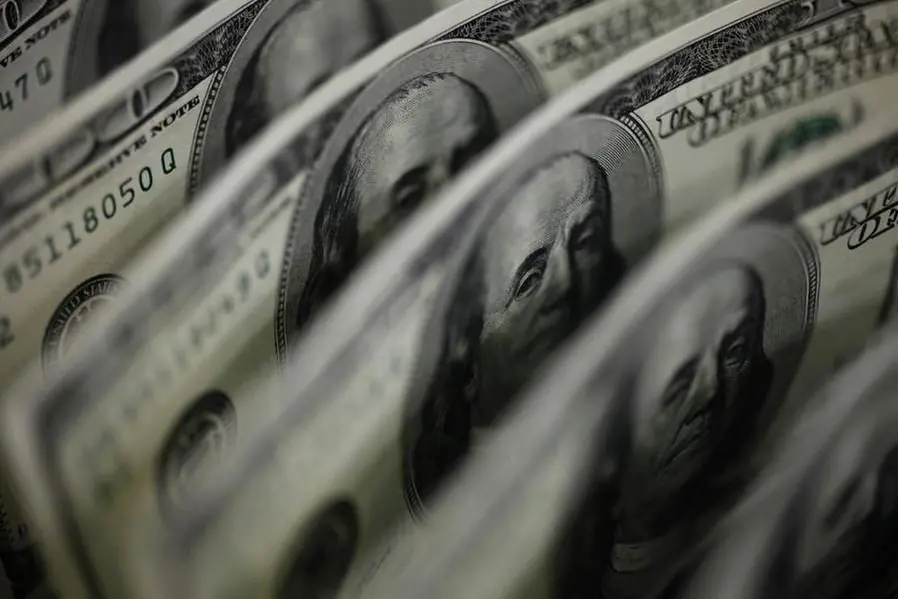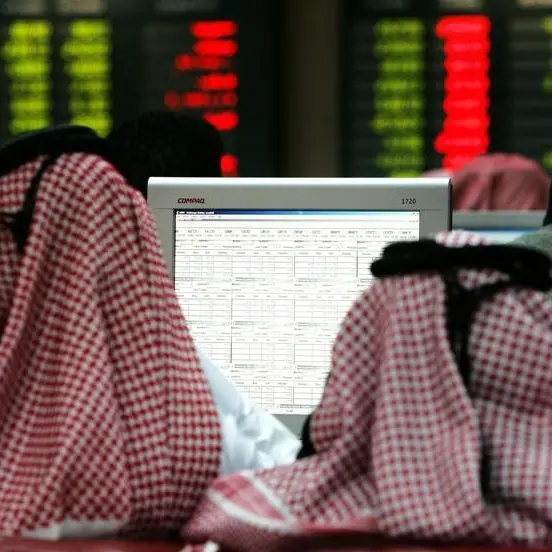PHOTO
LONDON - Analysts at Deutsche Bank said they expect U.S. high yield defaults to climb to 5.0% by next year and peak at 10.3% in 2024, assuming that the economy falls into a recession at the end of 2023.
In its annual default study, Deutsche Bank said the ultra-low default world might be coming to an end.
"First, we will likely have a cyclical U.S. recession to address in 2023, and after that, a risk of the reversal of trends that have made the last 20 years so subdued for defaults," Deutsche Bank analysts, led by head of Thematic Research Jim Reid, said in a note.
In 2021, annual default rates for single-B rated debt at credit rating agencies Moody's and Standard & Poors were both under 2%, less than the 22-year average of around 4%.
The German bank's year-end 2022 forecast for credit spreads sees a moderate amount of tightening across both investment grade (IG) and high yield (HY) markets.
However, with a recession forecast for the second half of next year, Deutsche Bank sees HY spreads hitting more than 850 basis points and IG reaching above 210 basis points at the end of 2023. The spread on the ICE BofA U.S. Corporate Index, a benchmark for investment-grade debt, currently stands at 137 basis points. The equivalent for high yield debt is 419 basis points.
"From this starting point HY will underperform as attention shifts from rates to credit quality and default risk," Deutsche Bank says.
In Europe, Deutsche Bank expects HY defaults to climb to 3.8% by the end of next year, peak at 6.6% in 2024 and move back to 2% to 4% by 2025.
(Reporting by Samuel Indyk, Editing by Alexandra Hudson)




















